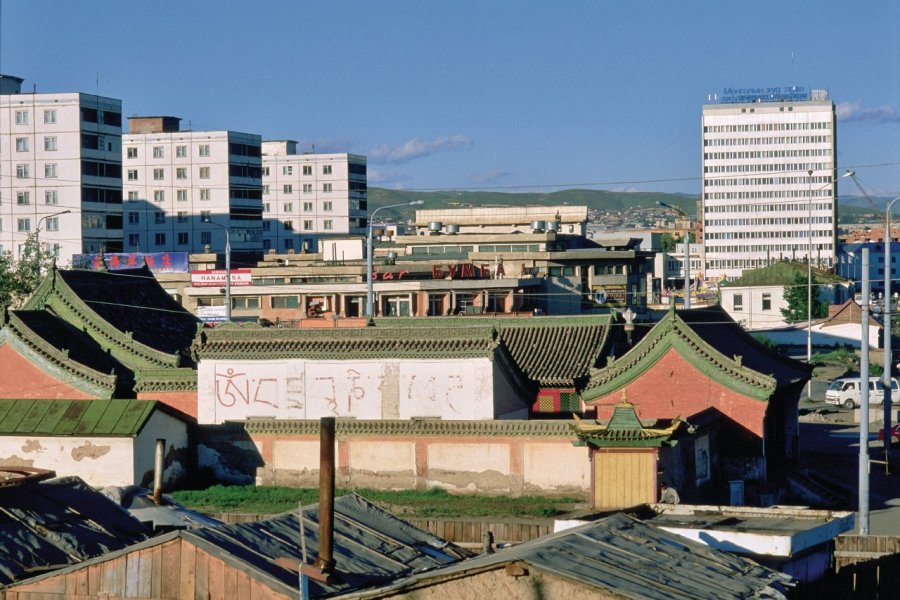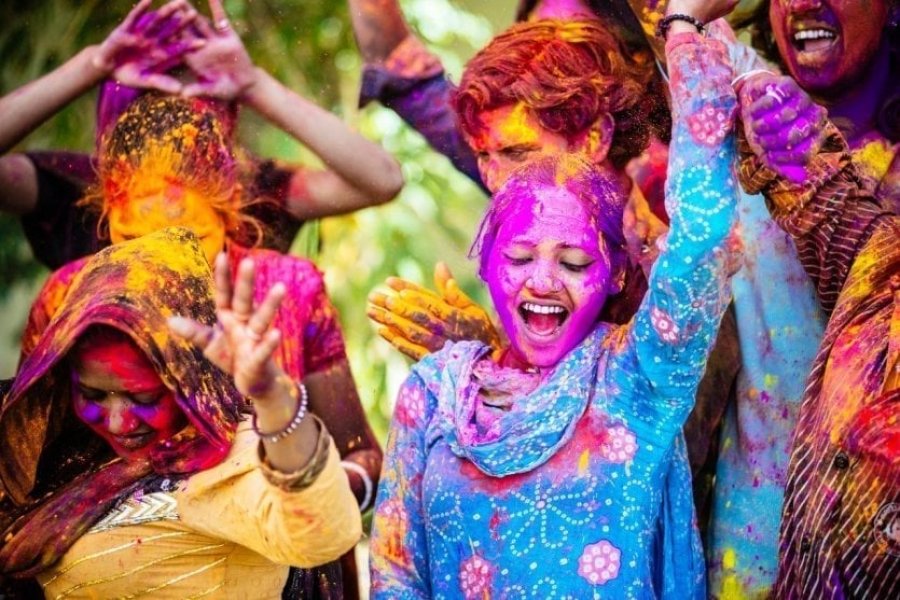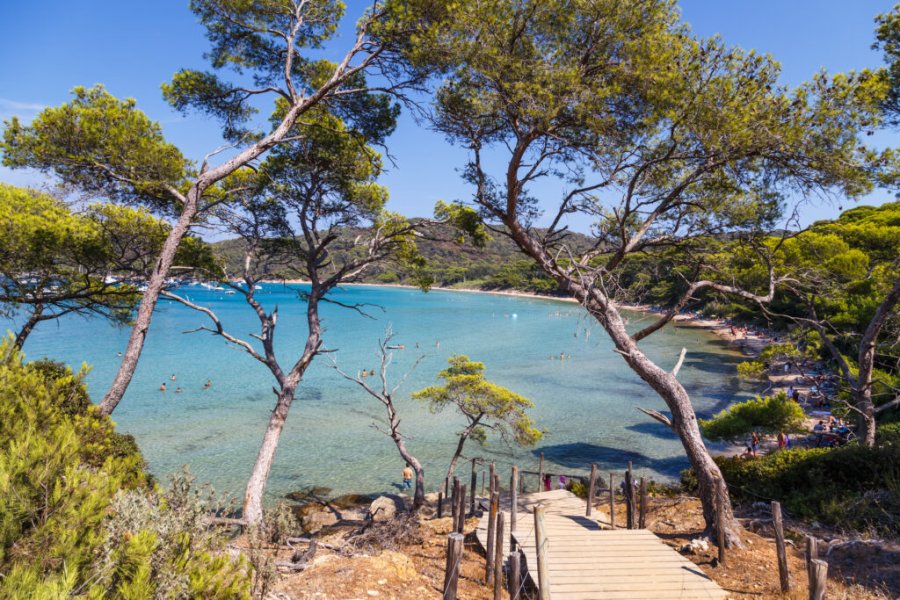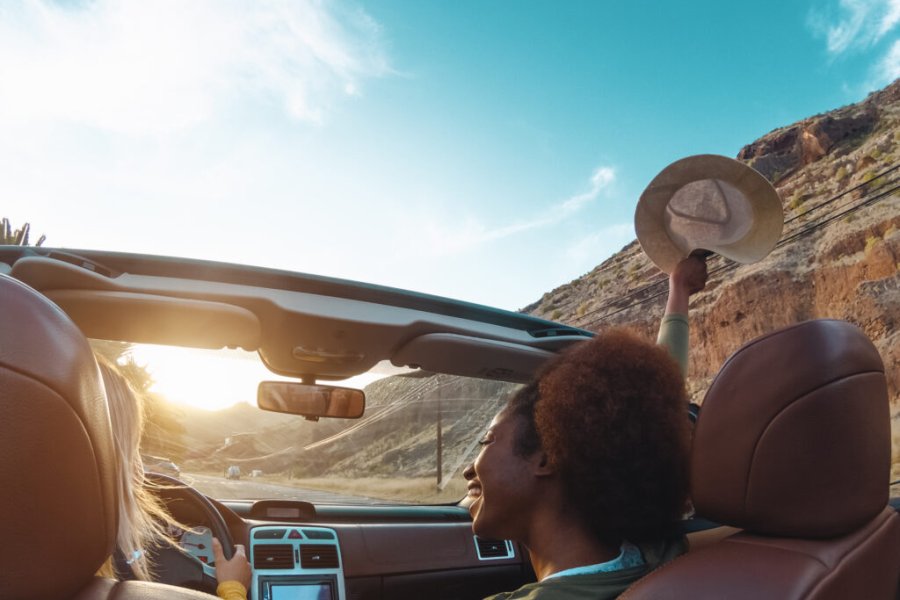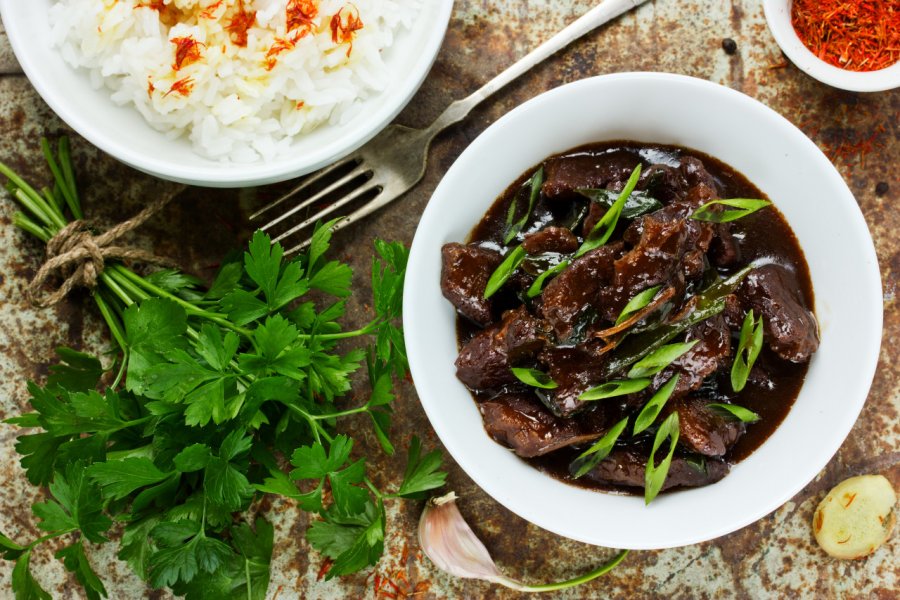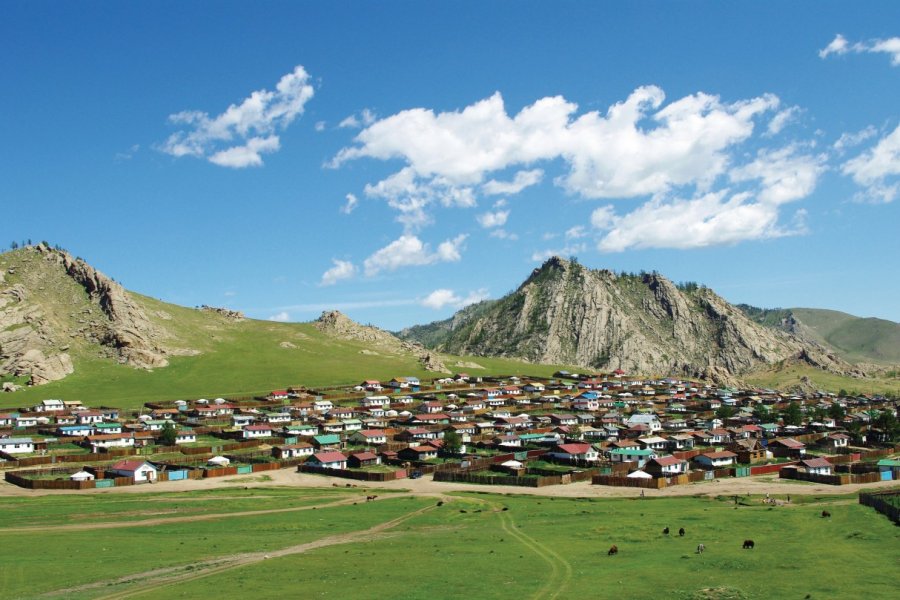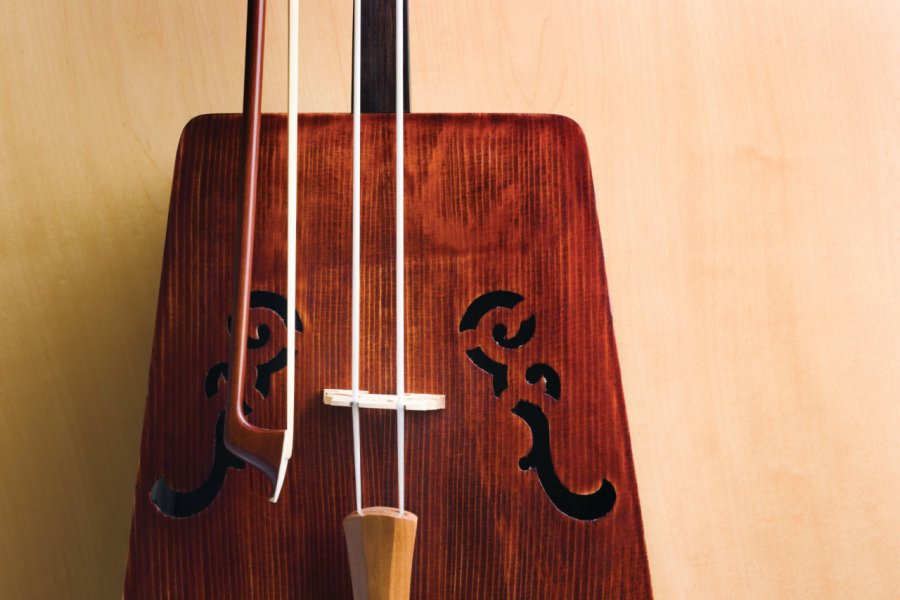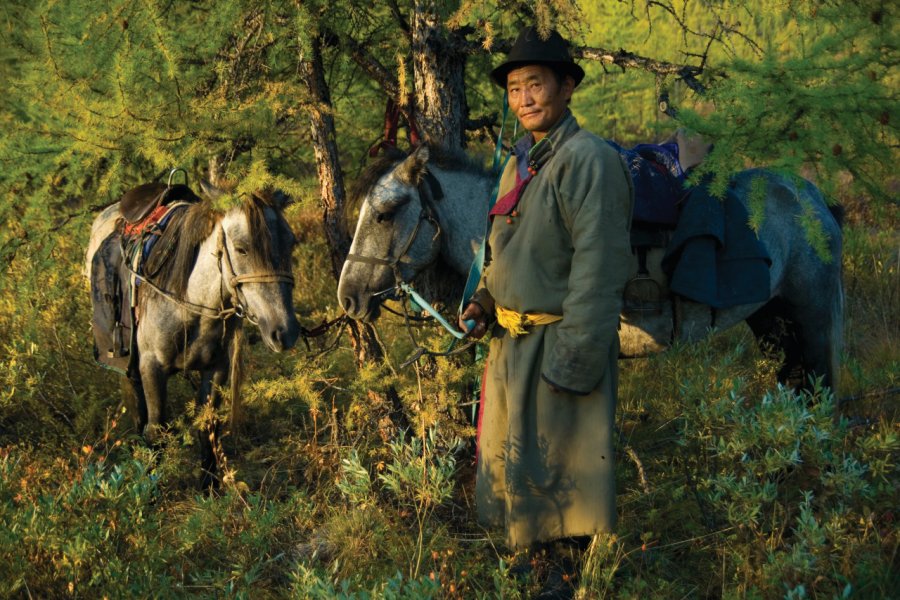Travel guide Mongolia
Because of many unusual parameters (language barrier, food not very varied, unpaved roads, few showers in yurt camps...), a trip to Mongolia is not really restful but it is certainly magical, exotic and unforgettable. By following the indications of the tourist guide on Mongolia, you will have all the keys in hand to discover the country as it should be. For example, you will be able to discover the nomadic way of life and spend at least one night in a yurt. And far from the fury of the capital Ulaanbaatar, the meeting with the Mongols is always a very warm moment! On the nature side, you will not be disappointed either. From the surroundings of the Khovsgol lake to the amazing color contrasts of the Gobi desert, through the superb steppes of Central Asia or the western mountain ranges wrapped in their Kazakh culture, the change of scenery is total.
What to see, what to do Mongolia?
-
Book an activity
-
Customized travel
- The most beautiful cities Mongolia
When to go Mongolia ?
The best time to go to Mongolia is the summer, from June to September, the only time of the year when the climate is relatively mild and sunny. Most of the tourist stays are made between mid-June and mid-August and it is generally the period of peak prices. The rest of the year, it is the low tourist season in Mongolia; many gers camps (yurt camps with showers, restaurant ...) and travel agencies are closed. The two main events that mark the calendar of Mongolia are Tsagaan Sar, the white moon, usually in February and which marks the New Year, and the national holiday, the Naadam, which takes place every year from July 11 to 13. Without doubt the best time to be in Mongolia and share the daily life of Mongolians, preferably under a ger .
Suggested addresses Mongolia
Travel Mongolia
-
Find a hotel
-
Car Rental
-
International e-SIM package
-
Find a local agency
La Mongolie est un grand pays, qu'il est impossible de visiter entièrement durant un court séjour touristique. Les voyageurs avides de grandes étendues y trouveront leur compte : steppes, montagnes, désert, lacs, vallées et rivières... les paysages sont extrêmement diversifiés, et l'on peut s'immerger dans cette nature quasi vierge en partant à cheval, en randonnée ou en encore en jeep sur les pistes de terre. Pour ce qui est du patrimoine culturel, on trouvera surtout des monastères bouddhistes et les ruines d'édifices religieux. Surtout, le charme de la Mongolie tient également dans le mode de vie nomade de sa population, dans ses traditions et sa culture, que l'on ne peut découvrir qu'en passant du temps dans les familles locales. Le séjour idéal combinera donc des temps de voyage à la découverte des zones naturelles choisies, et des périodes sédentaires pour s'imprégner du mode de vie mongol.
Find unique Stay Offers with our Partners
How to go Mongolia
How to go alone
The capital, Ulaanbaatar, is well served. No particular danger in Mongolia if you go alone. On the other hand, if you wish to discover the steppes or the Gobi desert, it is formally not recommended to venture there alone, even if you have a good compass. It is necessary to leave with an experienced guide because many unaccompanied solo travelers disappear every year; it is indeed almost impossible to find your way back if you do not know the region at least a little.
How to go on a tour
Mongolia is a huge country and it will be impossible to discover it entirely in one trip unless you leave for a month. The tours proposed by the tour operators target different regions and you will have to take the time to choose the one you really want to discover in about ten days on average. A must during your tour: sleep in a yurt with the Nomads. It is a unique experience, make sure that a night in a yurt is on the program.
How to get around
Provided that you have time, horseback riding is the most suitable means of transportation in Mongolia because you can access difficult areas. But given the distances, the plane is a practical solution to discover several regions of Mongolia. The rail network is limited to a single north-south axis and buses are an economical way to travel in the country. In Mongolia, we usually rent the services of a driver with Jeep (many tracks) but it can be expensive.
Featured articles Mongolia
Discover Mongolia
Mongolia is a large country in Central Asia, wedged between China and Russia. Known mainly for its nomadic life and steppes, it can surprise the novice traveler, because it is actually composed of an extreme diversity of landscapes and a culture that lives through ancestral traditions and the subtle mixture between Lamaism and shamanism. The contrast between Ulaanbaatar, the concrete capital city which is agitated under a blanket of pollution and incessant traffic noise, and its breathtaking natural sites, is striking. Mountains and valleys, extinct volcanoes, desert, gorges and sand dunes... each region is full of wonders and is punctuated here and there by vestiges of the past, witnesses in turn of the Manchu and Soviet occupations, until the return to independence of Mongolia in the 1990s. Today, the country attracts for its nomadic lifestyle, its spirituality and its wide open spaces.
Pictures and images Mongolia
The 12 keywords Mongolia
1. #Chamanism

The very term shaman comes from the language of the Tungus, a Siberian people, and means "one who knows". Shamanistic practices are derived from animistic beliefs. Suppressed during the Soviet period, they have reappeared in Mongolia and are developing in the countryside as well as in the cities
2. #Communism
Communism is inseparable from the history of Mongolia. Put under Soviet supervision in 1921, the country has suffered the yoke of the USSR for nearly 70 years, which makes it the second communist country in the world by the duration of its regime. In 1990, it embarked on an economic and political reform led... by the former communist party.
3. #Deel

Rarer and rarer in the capital, but still de rigueur in the countryside or on feast days, the deel is the traditional clothing of the Mongols. This long woollen coat, tightened at the waist by a wide fabric belt, is worn by men and women alike. Usually plain, it can be adorned with bright colors and embroidery.
4. #Distance
In a country three times the size of France and with a limited road network, the ratio of travel time to distance is completely random. The state of the tracks, frequent breakdowns, punctures and other surprises are and will be part of the Mongolian adventure. Choosing a vehicle is therefore an important factor for any trip in the country.
5. #Ger
Mongolians use the word ger to designate the typical dwelling of the Central Asian nomads. The Mongolian ger is a real world in miniature, with its rules and customs. According to the tradition, the guests occupy the left side, in front of the master of the place and his family, and the bottom is reserved for the ancestors with the family altar.
6. #Karaoke
This is one of the favorite activities of Mongolians during any good weekend outing. They are everywhere in Ulaanbaatar and in every city of the country. In the public hall or in a private room, you have to know how to sing and have fun. Foreigners will find English songs to compete with, but Mongolians know all the local hits.
7. #Khoomi
Literally, khoomi means "throat singing". This typically Mongolian vocal performance consists in producing two simultaneous sounds, one low-pitched which constitutes a bass accompaniment, the other very high-pitched, like a slightly nasal whistle, which unfolds the melody. Originally from the west of the country, the practice of khoomi is reserved for men.
8. #Lamaism
Stemming from Mahayana Buddhism, or "Diamond Vehicle", Lamaism, or Tibetan Buddhism, reached its peak in Mongolia at the beginning of the first millennium with the conversion of the Khaan. During the Soviet domination, around 1930, the monks were massacred and most of the temples destroyed. Today, Lamaism is everywhere in Mongolia.
9. #Morin Khuur

This two-stringed hurdy-gurdy decorated with a horse's head is one of the oldest instruments in Mongolia. Texts from the 13th century explicitly refer to it, which proves that the instrument was used at the time of Chinggis Khaan. Traditionally, morin khuur tunes accompany a dance originating in the west of the country, the byelegee.
10. #Naadam
The exact name of the festival that takes place every year in July is Eriin Gurvan Naadam, which means "the three manly games". This great popular festival consists of wrestling matches, horse races and archery competitions. The largest Naadam is held in Ulaanbaatar, but local Naadams are held in other cities and towns.
11. #Övöö
The övöö are these piles of pebbles generally located at the passes of the mountains or near the sacred places. Offerings to the spirits, they testify to the animist beliefs of the Mongols. To show his respect towards the spirits, one must go three times around clockwise and deposit an offering.
12. #Runway

In a Japanese jeep or in a "microbus", on horseback or between the humps of a camel, whatever the mode of transport used, you will have to forget the good old asphalt roads to be satisfied with the track. The latter naturally limits the speed: the distances seem longer but it offers the time to admire the landscapes.
You are from here, if...
You don't hit your head when you walk into a ger . It's a good habit to have, just like walking in with your right foot first, without stepping on the door, and not taking off your hat.
You receive gifts and food with both hands. Or with your right hand, supported by your left hand at the wrist or elbow.
You know how to behave inside a ger. You sit on the left side, reserved for guests. Since the fire is sacred, you do not throw anything into it or turn your feet towards it.
You immediately shake hands with the person whose foot you have just stepped on. It is the custom in Mongolia, a gesture to apologize!
You know how to play jacks. Depending on its position, the jack represents one of the four following animals: the horse, the camel, the sheep or the goat. There are dozens of games to share convivial moments with your guests. Nothing like it to liven up an evening!

